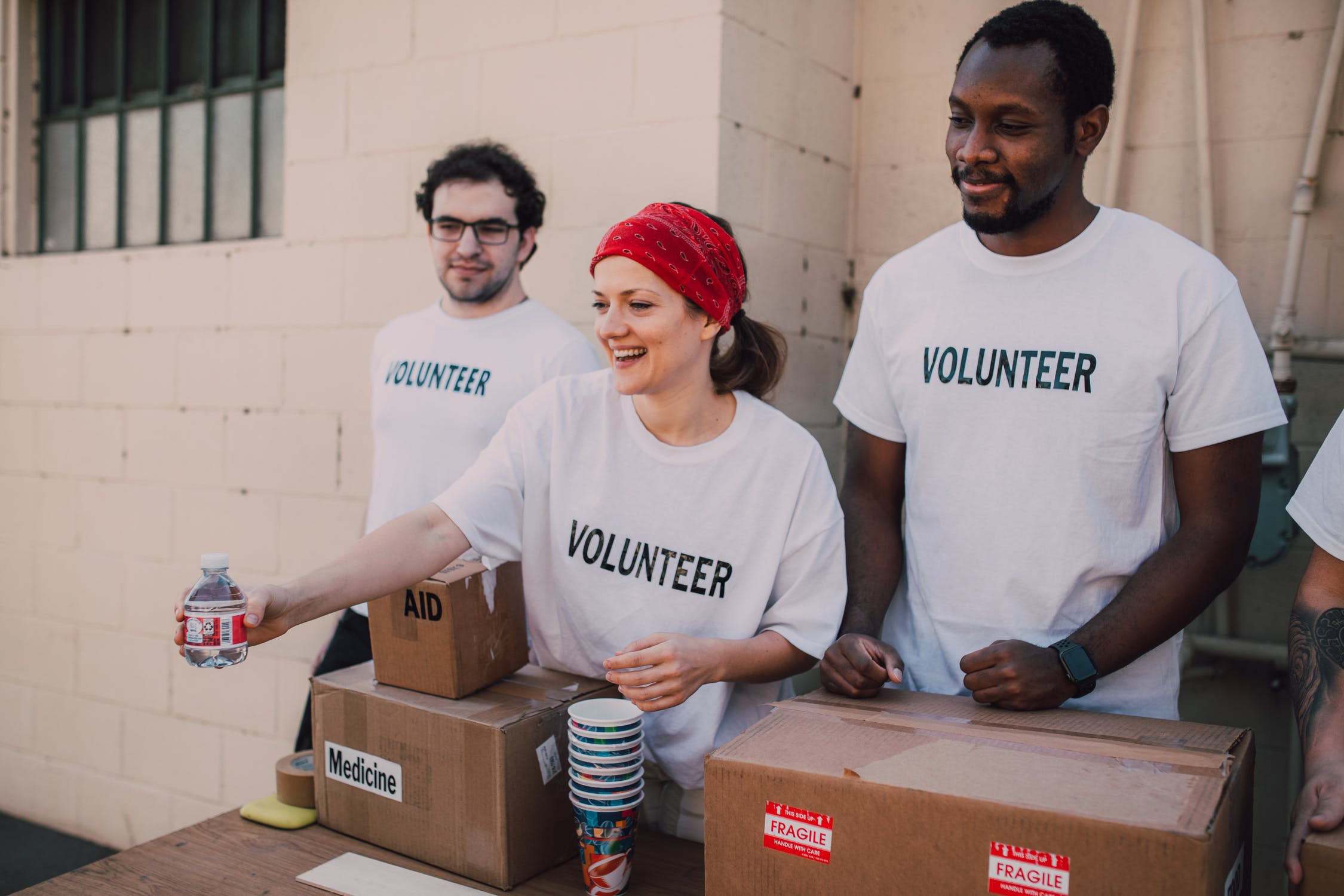During the covid-19 epidemic, volunteering experienced a global increase, showing that in a time of uncertainty, committing to something or someone makes us feel better. Volunteering grows not only as a free commitment, but also as a job in non-profit organizations.
Let’s find out how!
The variations of volunteering:
Volunteering activities are a great way to gain new experiences, train, grow and be useful at the same time. If in the pre-Covid era in many cases volunteering was also an opportunity for travel, the pandemic world has redesigned the profile of this commitment, making it in many cases smart or at Km0.
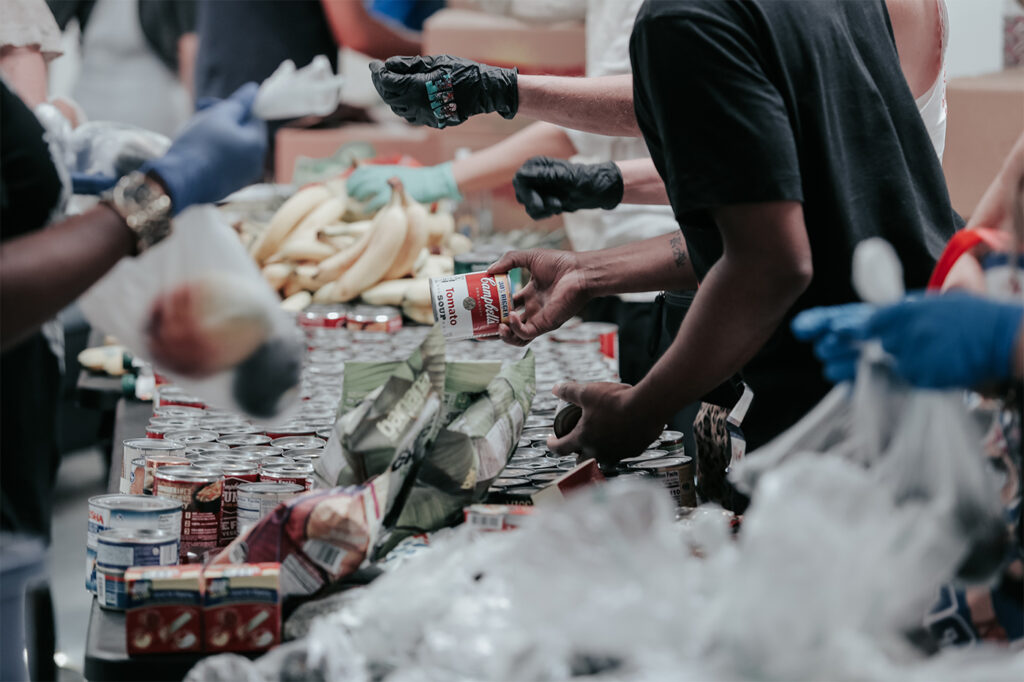
Taking care of volunteering is certainly a vocation. Offering your time for a cause is synonymous with altruism and a desire to share. The same thing is true (perhaps even more so) for those who choose to work in the so-called “Third Sector”, or in non-profit organizations: for these employees the need to make themselves useful certainly overrides that of earning.
Those who want to work in the Third Sector are not just looking for a job, but are looking for a commitment, obviously paid. It is the motivation that makes the difference. It is necessary to have the desire to improve things, the ability to have and pursue a dream counts.
The areas in which the non-profit operates are large, but well defined:
- Social and socio-health assistance
- Health care
- Charity
- Instruction
- Training
- Amateur sport
- Protection, promotion and enhancement of things of artistic and historical interest
- Protection and enhancement of the environment
- Promotion of culture and art
- Protection of civil rights
- Scientific research of particular social interest
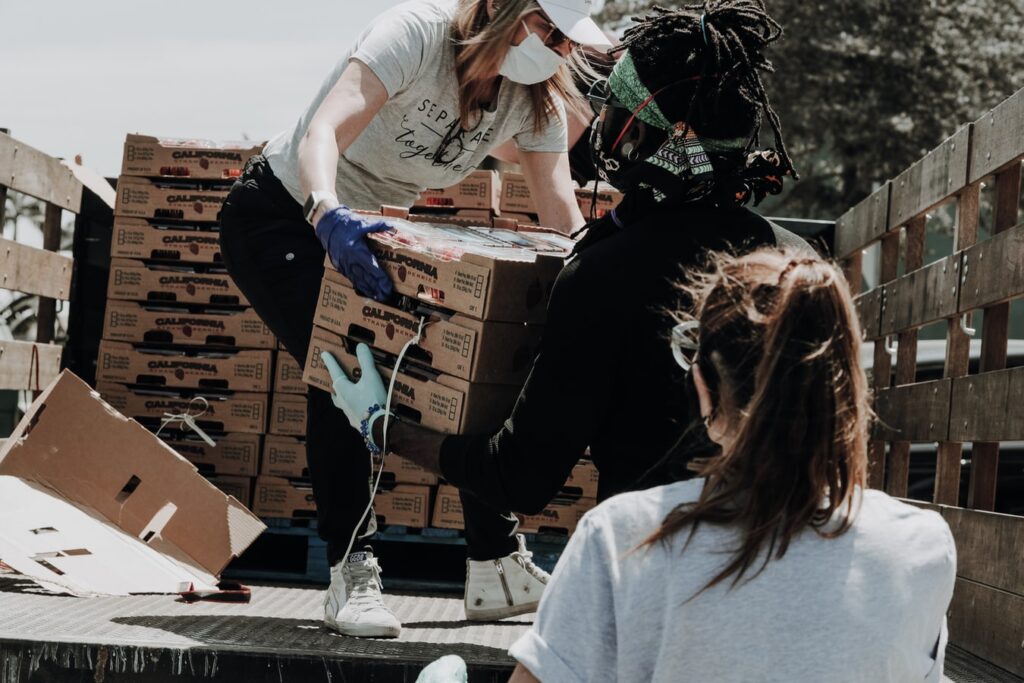
Volunteering grows
Coronavirus and social justice have contributed to the growth of volunteers in recent months. New LinkedIn data shows that its members in the United States have added more than 110,000 volunteer jobs to their profiles each month, more than double the number in 2017. USA aside, the trend appears to be the same in Europe as well, where a wave of solidarity spread mainly in France and Italy. A case for all is that of the Tous Bénévoles platform, which saw a doubling of subscribers in 2020, with 40,000 new volunteers.
It is interesting to note that volunteering for humanitarian and health causes increased in April, after COVID-19 was declared a pandemic, while that for civil rights organizations in June, following the protests for the death of George Floyd. in Minneapolis.
According to UnVolunteers.org to date, there are about 970 million volunteers in the world, generating 2.4% of the entire global economy with their commitment.
In addition to making us more aware of our frailties, the pandemic has given us time that we did not have before. Time to reflect and to act. The availability of time may have been, according to many, one of the reasons for the increase in volunteering.
Do you want to become a volunteer?
Did you want to give help and support to an organization, a community or simply to a person? Great.
Volunteering can be undertaken at any time in one’s life and is always rewarding. Furthermore, if you are a young person, it can be a way to insert an experience on your resume that will surely be noticed. It is no coincidence that the data disclosed by LinkedIn confirm that people under the age of 25, (Generation Z), are those closest to volunteering activities.
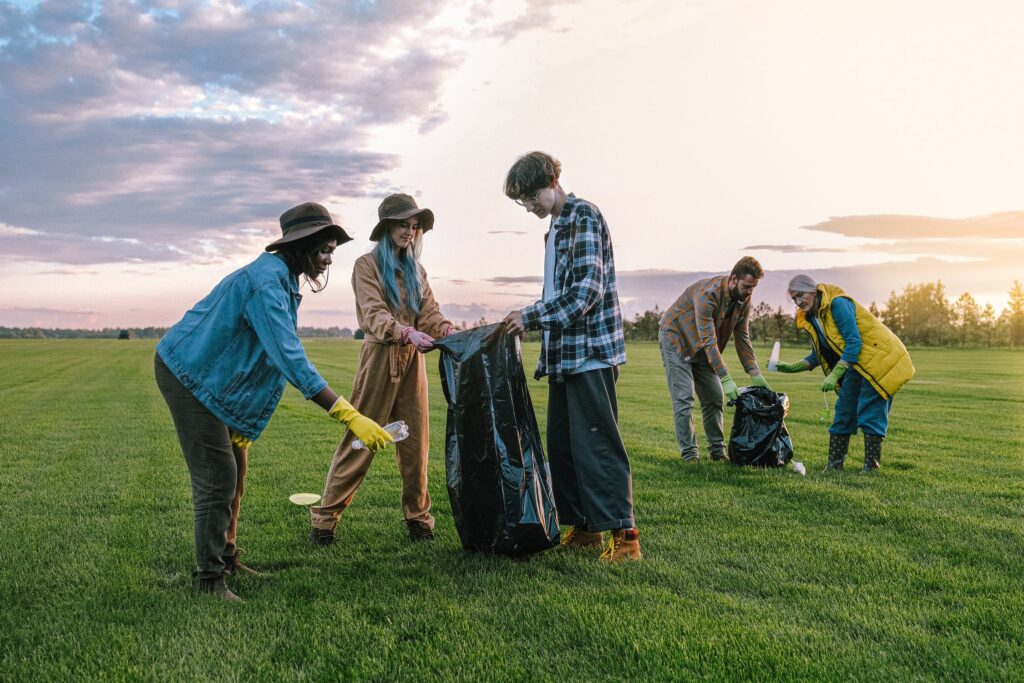
While you think about it, we give you two tips:
- Joining a volunteer program may be the best way to spend a gap year in this regard Plan My Gap Year is one of the best equipped sites for volunteer travel proposals.
- The United Nations offers numerous types of volunteering, both abroad and in your own country. The minimum age to be a United Nations volunteer is 22 years old.
- Covid has taught us that you can also be a volunteer online, the UN always provides several opportunities for online volunteering. From translations to creating graphics, there is always a way to be useful.
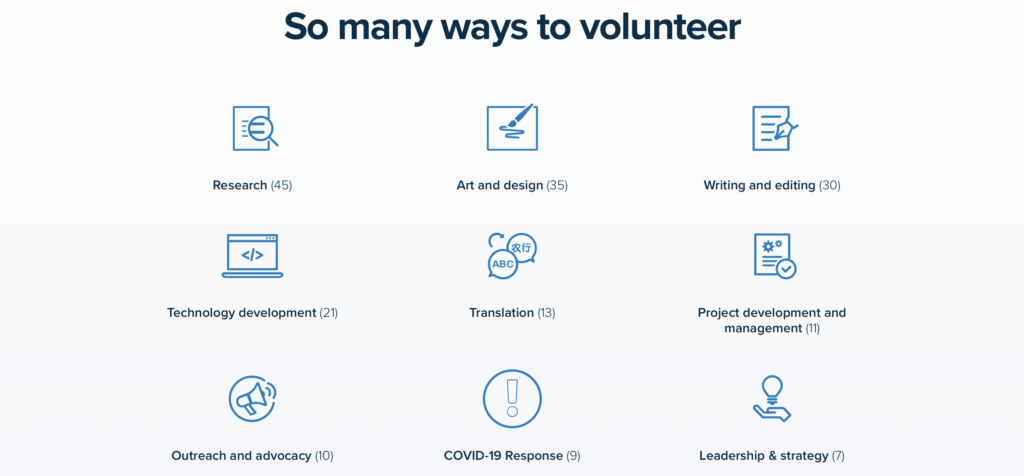
Our wish for humanity is that this positive trend continues to grow, revealing the best side of this planet.


